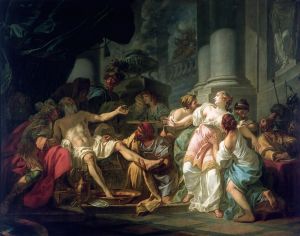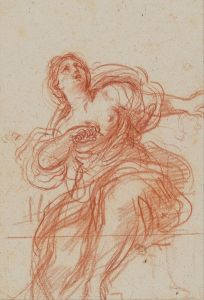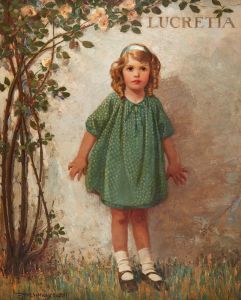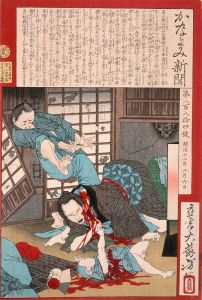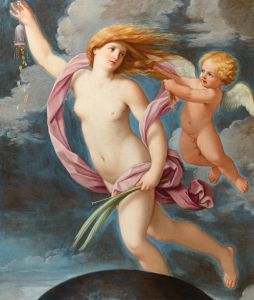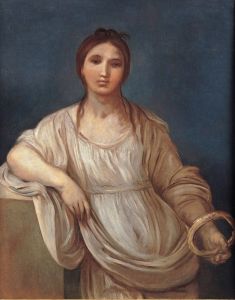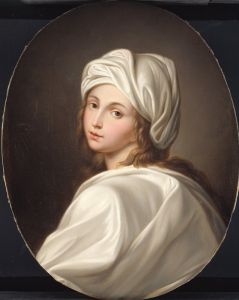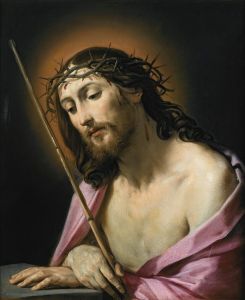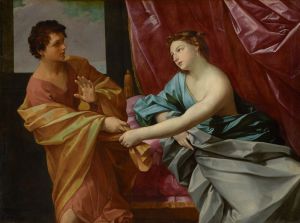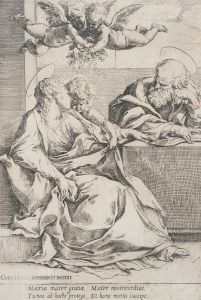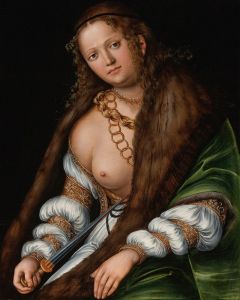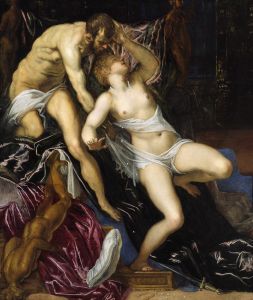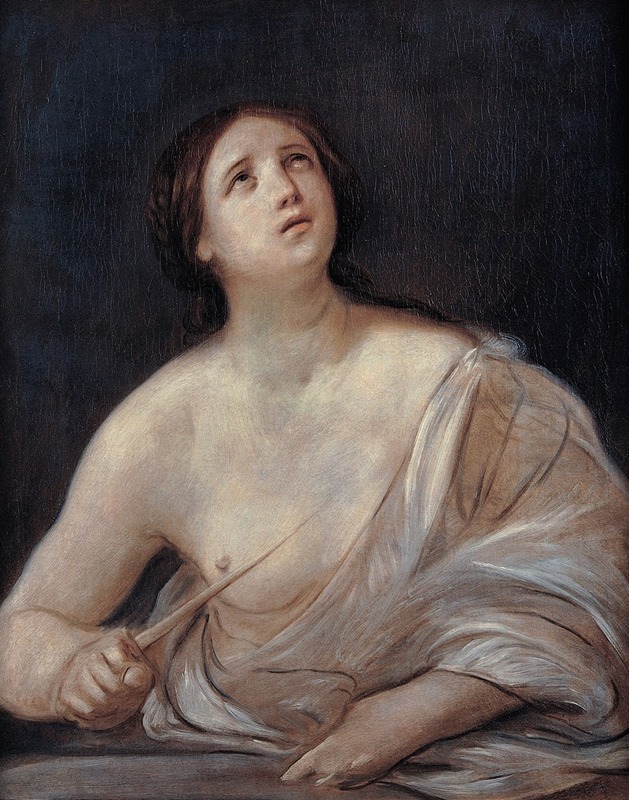
Lucretia
A hand-painted replica of Guido Reni’s masterpiece Lucretia, meticulously crafted by professional artists to capture the true essence of the original. Each piece is created with museum-quality canvas and rare mineral pigments, carefully painted by experienced artists with delicate brushstrokes and rich, layered colors to perfectly recreate the texture of the original artwork. Unlike machine-printed reproductions, this hand-painted version brings the painting to life, infused with the artist’s emotions and skill in every stroke. Whether for personal collection or home decoration, it instantly elevates the artistic atmosphere of any space.
"Lucretia" is a painting by the Italian Baroque artist Guido Reni, renowned for his classical style and masterful use of color and light. Created in the early 17th century, this artwork depicts the legendary Roman figure Lucretia, whose tragic story is a significant part of Roman history and literature.
Lucretia was a noblewoman in ancient Rome, known for her beauty and virtue. Her story is famously recounted by ancient historians such as Livy and Ovid. According to the legend, Lucretia was raped by Sextus Tarquinius, the son of the last king of Rome, Lucius Tarquinius Superbus. In the aftermath of this violation, Lucretia took her own life, an act that spurred the Roman populace to revolt against the monarchy, leading to the establishment of the Roman Republic.
Guido Reni's portrayal of Lucretia captures the moment of her despair and resolve. The painting is celebrated for its emotional depth and the delicate rendering of Lucretia's features. Reni's use of light and shadow enhances the dramatic intensity of the scene, focusing the viewer's attention on Lucretia's expression and the poignancy of her situation.
Reni was a leading figure in the Bolognese School of painting, and his works are characterized by their graceful compositions and idealized beauty. In "Lucretia," Reni employs a soft color palette and fluid brushwork, which are hallmarks of his style. The painting reflects the Baroque era's fascination with dramatic narratives and the exploration of human emotion.
The composition of "Lucretia" is both simple and powerful. Lucretia is depicted in a half-length pose, her eyes cast downward, conveying a sense of introspection and sorrow. She holds a dagger, symbolizing her impending suicide, which is central to her story. The background is kept minimal, ensuring that the focus remains on the figure of Lucretia and her emotional state.
Reni's "Lucretia" is housed in various collections, with several versions and copies attributed to the artist and his workshop. This reflects the popularity of the subject and Reni's interpretation during his lifetime and beyond. The painting is an excellent example of how Baroque artists engaged with classical themes, reinterpreting them for contemporary audiences.
Overall, Guido Reni's "Lucretia" is a poignant representation of a historical and literary figure whose story has resonated through the ages. The painting exemplifies Reni's skill in capturing human emotion and his ability to convey complex narratives through the medium of paint.





